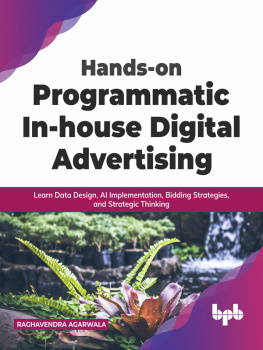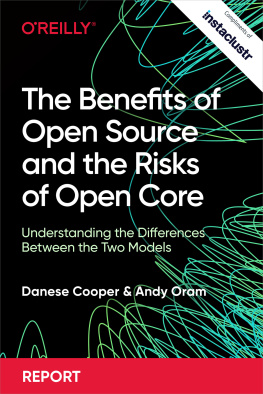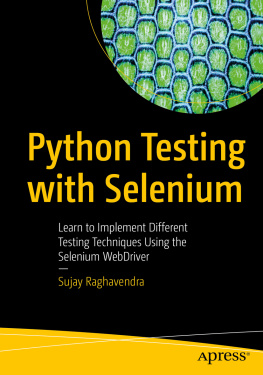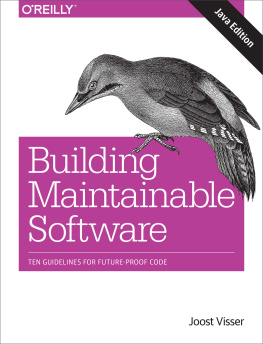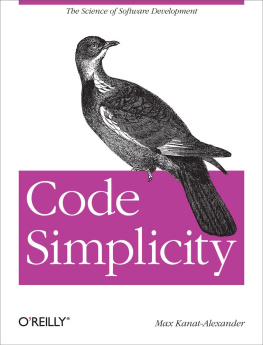Raghavendra Rao Althar - Software Source Code
Here you can read online Raghavendra Rao Althar - Software Source Code full text of the book (entire story) in english for free. Download pdf and epub, get meaning, cover and reviews about this ebook. year: 2021, publisher: De Gruyter, genre: Computer. Description of the work, (preface) as well as reviews are available. Best literature library LitArk.com created for fans of good reading and offers a wide selection of genres:
Romance novel
Science fiction
Adventure
Detective
Science
History
Home and family
Prose
Art
Politics
Computer
Non-fiction
Religion
Business
Children
Humor
Choose a favorite category and find really read worthwhile books. Enjoy immersion in the world of imagination, feel the emotions of the characters or learn something new for yourself, make an fascinating discovery.

- Book:Software Source Code
- Author:
- Publisher:De Gruyter
- Genre:
- Year:2021
- Rating:3 / 5
- Favourites:Add to favourites
- Your mark:
- 60
- 1
- 2
- 3
- 4
- 5
Software Source Code: summary, description and annotation
We offer to read an annotation, description, summary or preface (depends on what the author of the book "Software Source Code" wrote himself). If you haven't found the necessary information about the book — write in the comments, we will try to find it.
Software Source Code — read online for free the complete book (whole text) full work
Below is the text of the book, divided by pages. System saving the place of the last page read, allows you to conveniently read the book "Software Source Code" online for free, without having to search again every time where you left off. Put a bookmark, and you can go to the page where you finished reading at any time.
Font size:
Interval:
Bookmark:
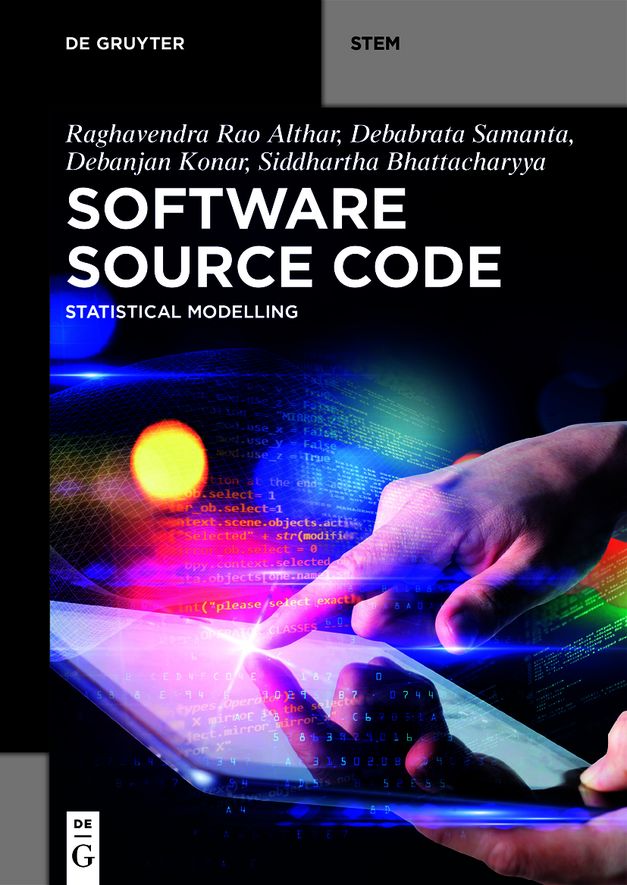
De Gruyter STEM
ISBN 9783110703306
e-ISBN (PDF) 9783110703399
e-ISBN (EPUB) 9783110703535
Bibliographic information published by the Deutsche Nationalbibliothek
The Deutsche Nationalbibliothek lists this publication in the Deutsche Nationalbibliografie; detailed bibliographic data are available on the Internet at http://dnb.dnb.de.
2021 Walter de Gruyter GmbH, Berlin/Boston
Advanced extreme programming concepts are an exploration area, which popped out of the need for software development advancements. Following this, it calls for the community to look for advanced approaches built on traditional methods. Software systems development began in the 1940s, with the issues resulting from software; there was a need to organize the software development processes. This field is dynamic and will be up to date with the latest technology advancements. With efficiency as the focus area, multiple models of software development evolve. The waterfall and Agile model of products are well-known ones. The agile model of growth seems to be catching attention recently. shows the depiction of waterfall model of software development.
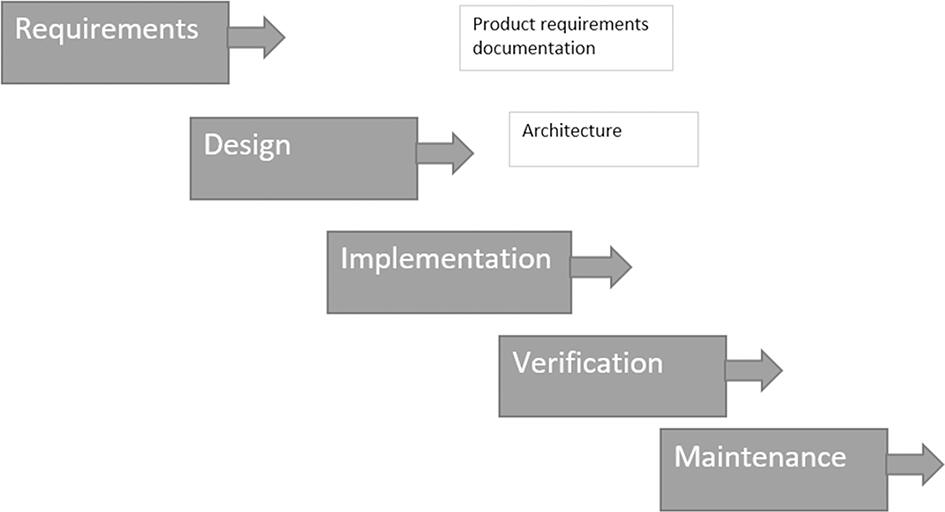
Figure 1.1: Waterfall model of software development.
During 1910, Henry Gantt and Frederick Taylor put together a methodology for effective project management, particularly from handling repetitive tasks. It was a game-changer for the industry to enhance their productivity. Working as a team was another critical factor unearthed by the industry, which is also a backbone of current agile methodology. The waterfall model helped to bring in structure into software development in the late 1980s. Design, development, unit testing, and integration testing were the critical phases involved. Development operations, also called DevOps, was a later advancement that focused on integrating the software modules into production. The waterfall model follows a sequential approach in development with the customer requirements flowing down from a high level to a lower level. The output of one stage is dependent on another location. It helps by having a structured approach, accessible communication with customers, and clarity in delivering the project. But it brings in the challenge of difficulties involved in less flexible structure, and, if there are any issues, they are costly to be fixed. The approach works well if there are unexpected drastic changes in requirements. A V-shaped model develops with the waterfall models spirit, where the flow bends up after the coding phase. Early testing involved makes it the most reliable approach. A V-shaped model is useful as every stage involves deliverables, with the success rate being high compared to the waterfall model. But V-models do not facilitate change in scope, even though scope changed; it is expensive. Also, the solutions are not exact. Only in case of clearly defined requirements can this model work reasonably even if the technology involved is well understood.
The agile model works based on collaboration among all the parties involved. depicts V-shaped model of software development.
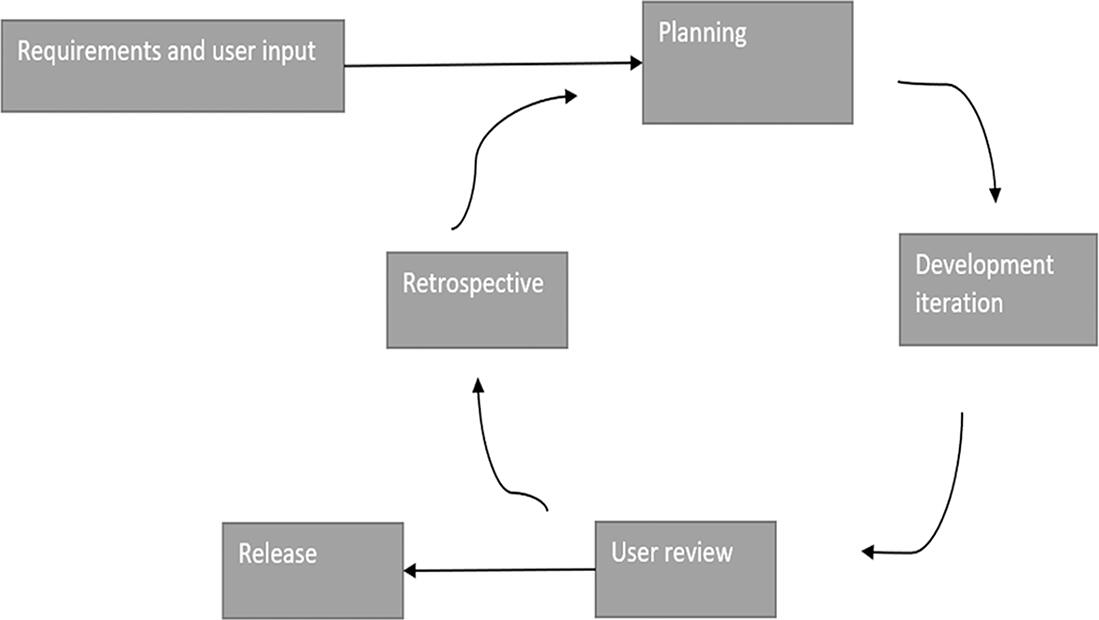
Figure 1.2: Agile model of software development.
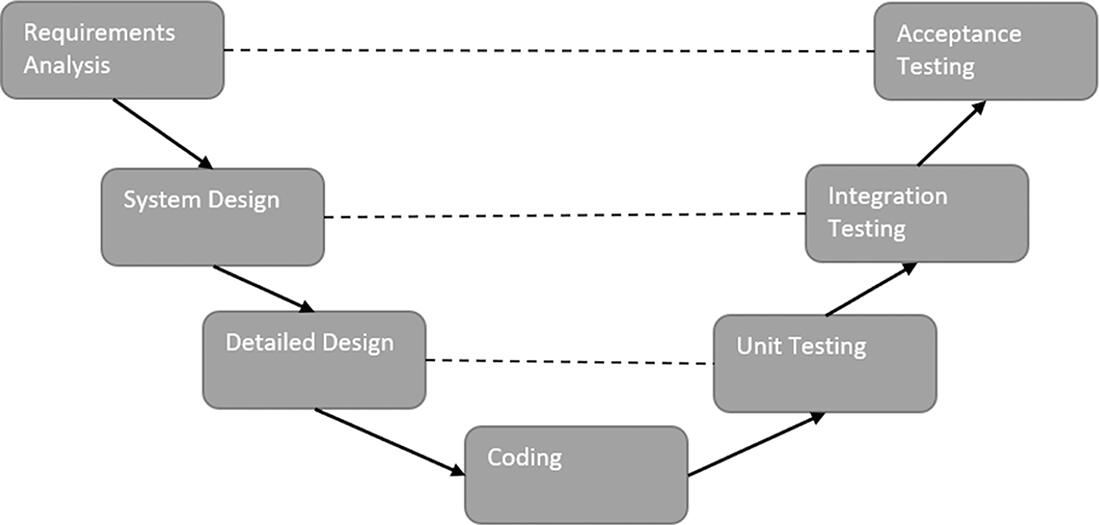
Figure 1.3: V-shaped model.
As it is perceived today, data science is mostly influenced by what has evolved after the year 2000. The original form of data science dates to 800 AD, where the Iraq depicts disciplines of data science.
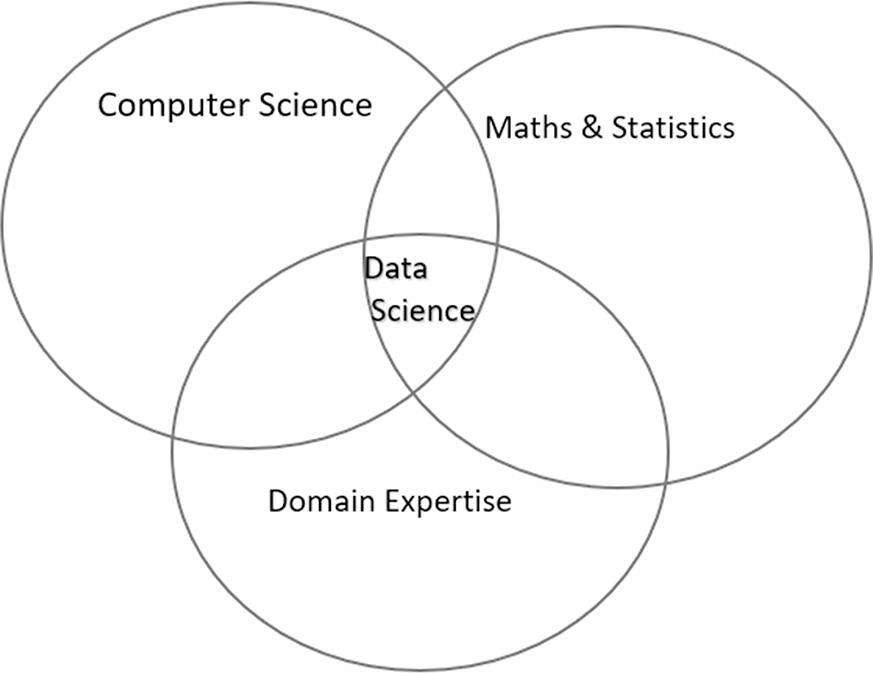
Figure 1.4: Disciplines of data science.
Data engineering and data warehousing are some of the areas. Data engineering is the transformation of data into a useful format that will help the critical analysis. Making data usable by an analyst for their required analytics is the objective. Data mining provides an experimental basis for data analysis to provide the required insights. It will help the expert to formulate the statistical problem from the business concerns. Cloud computing is another area that provides a platform across the enterprise for large scale solutions. It takes care of securely connecting with business systems. Database management also finds an important place in the view of extensive data that happens to be part of the ecosystem. Business intelligence improves data accuracy, a dashboard for stakeholders, reporting, and other related activities. Data visualization is another area of focus that strives to convey critical messages in visuals. It also closely associates with the Business intelligence area for providing the required dashboard based on business needs. The data science life cycle also can be viewed as the data discovery phase, data preparation phase, mathematical models, deriving actionable outcomes and communication associated with the process. Data science areas are also spread across machine learning, cluster analysis, deep learning, deep active learning, and cognitive computing.
Drug discovery fields with its complex processes are assisted by the mathematical model that can process how the drugs behave based on biological aspects. It will be the simulation of the experiments conducted in the lab. Virtual assistants have been in the peak of business support, and rapid progress is happening to improve that areas experience. Advance in mobile computing backed up with data helps to take the data knowledge to a large population. Extensive advancements in the search engines are another worth noting area. Digital marketing opened large-scale optimizations like a targeted advertisement, cutting down on the expense of advertising and reducing the possibility of large-scale dissatisfaction that would creep up with large-scale promotions. All this is possible by tracking data of the users based on their online behavior. Recommender systems have a prominent part in the business to effectively utilize the customer data and recommend back most useful things to help the customer experience the best they deserve. Advancements in image recognitions are seen in social collaboration platforms that focus on building social networks to establish a network connection. It further leads to improvements in object detection that have a significant role in various use cases. Speech recognition capabilities are seen in voice support products like Google Voice and others, enhancing customer experience. This capability includes converting voice to text instead of a customer requiring typing the text data. Data science capabilities are leveraged by the airline industry, struggling to cope with the competition. They must balance the spiking up air fuel price, and also provide significant discounts to the customers. Analysis of flight delay, the decision of procurement of air tickets, decision on direct and multipoint flights, and managing other customer experience with the data analytics capability have enhanced the industry performance. Machine learning in the gaming industry had made a significant mark, with the players experiencing the game complexity based on their progression in the earlier level. Developments also include the computer playing against human players, analyzing previous moves, and competing.
Font size:
Interval:
Bookmark:
Similar books «Software Source Code»
Look at similar books to Software Source Code. We have selected literature similar in name and meaning in the hope of providing readers with more options to find new, interesting, not yet read works.
Discussion, reviews of the book Software Source Code and just readers' own opinions. Leave your comments, write what you think about the work, its meaning or the main characters. Specify what exactly you liked and what you didn't like, and why you think so.

